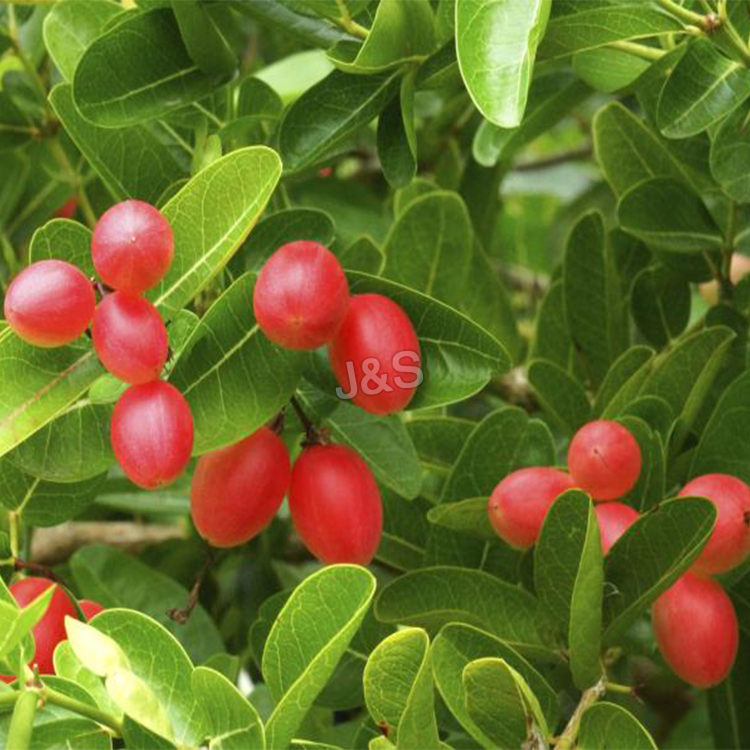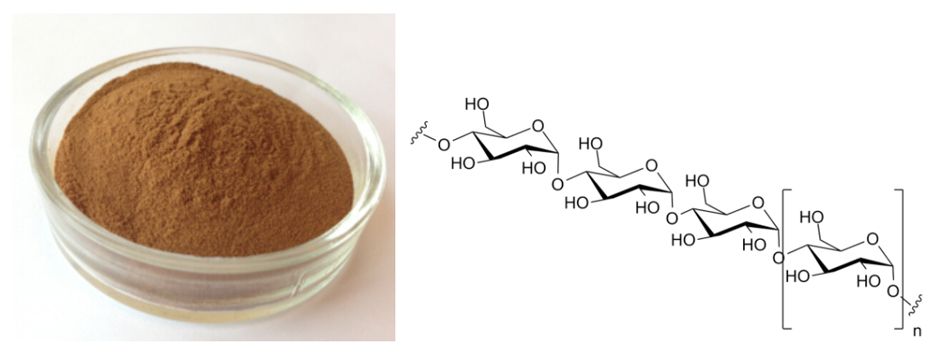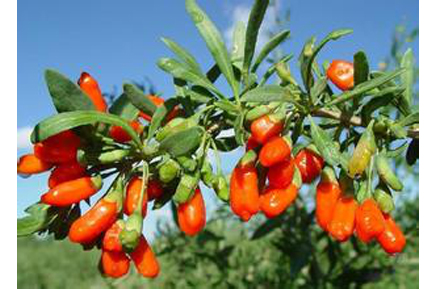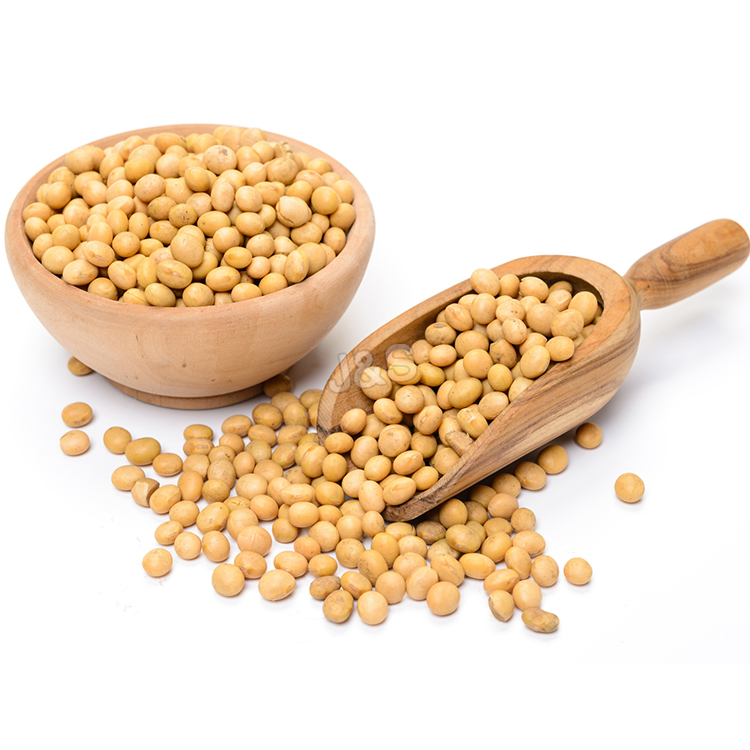Good User Reputation for Wolfberry Extract Factory for Moldova
Good User Reputation for Wolfberry Extract Factory for Moldova Detail:
[Latin Name] Lycium barbarum L.
[Plant Source]from China
[Specifications]20%-90%Polysaccharide
[Appearance] Reddish brown powder
Plant Part Used:Fruit
[Particle size] 80 Mesh
[Loss on drying] ≤5.0%
[Heavy Metal] ≤10PPM
[Shelf life] 24 Months
[Package] Packed in paper-drums and two plastic-bags inside.
[Net weight] 25kgs/drum
Product Description
The wolfberry is harvested when the fruit is orange red. After drying to the skin wrinkles, it is exposured to the skin moist and soft fruit, then removed the stem. Wolfberry is a kind of rare traditional Chinese medicine which is very rich in nutrients and has high medicinal value The materials contain not only such as iron, phosphorus, calcium, but also a lot of sugar, fat and protein. It also contains polysaccharide with good health care function to human body and organic germanium that is beneficial to human’s intelligence.
Function
1. With the function of regulating immune, inhibiting tumor growth and cell mutation;
2. With the function of lipid-lowering and anti-fatty liver;
3. Promoting the function of hematopoietic;
4. With the function of anti-tumor and anti-aging.
Applications:
1. Applied in food field, it can be produced into wine, canned, condensed juice and other more nourishment;
2. Applied in health product field , it can be made into suppositories, lotions, injection, tablets, capsules and other dosage forms to regulate immunity;
3. Applied in pharmaceutical field, effectively treating cancer, hypertension, cirrhosis and other diseases;
4. Applied in cosmetics field, it can prevent skin aging and improve skin elasticity.
Product detail pictures:

Related Product Guide:
Our concentrate on should be to consolidate and enhance the quality and service of present products, meanwhile consistently produce new products to meet unique customers' demands for Good User Reputation for Wolfberry Extract Factory for Moldova , The product will supply to all over the world, such as: Kazakhstan, Oslo, Philadelphia, For anyone who is keen on any of our goods right after you view our product list, please really feel absolutely free to get in touch with us for inquiries. You are able to send us emails and contact us for consultation and we shall respond to you as soon as we can. If it's easy, you may locate out our address in our web-site and come to our business for far more information of our products by your self. We are always ready to construct extended and steady co-operation relations with any possible customers in the related fields.
LEBRON RONALDO MESSI CLOONEY BRYANT BRADY CRISTIANO
History of Auxins and Pioneering Experiments
Auxins were the first plant hormones discovered. Charles Darwin was among the first scientists to dabble in plant hormone research. In his book “The Power of Movement in Plants” presented in 1880, he first describes the effects of light on movement of canary grass (Phalaris canariensis) coleoptiles. The coleoptile is a specialized leaf originating from the first node which sheaths the epicotyl in the plants seedling stage protecting it until it emerges from the ground. When unidirectional light shines on the coleoptile, it bends in the direction of the light. If the tip of the coleoptile was covered with aluminum foil, no bending would occur towards the unidirectional light. However if the tip of the coleoptile was left uncovered but the portion just below the tip was covered, exposure to unidirectional light resulted in curvature toward the light. Darwin’s experiment suggested that the tip of the coleoptile was the tissue responsible for perceiving the light and producing some signal which was transported to the lower part of the coleoptile where the physiological response of bending occurred. He then cut off the tip of the coleoptile and exposed the rest of the coleoptile to unidirectional light to see if curving occurred. Curvature did not occur confirming the results of his first experiment (Darwin, 1880).
It was in 1885 that Salkowski discovered indole-3-acetic acid (IAA) in fermentation media (Salkowski, 1885). The isolation of the same product from plant tissues would not be found in plant tissues for almost 50 years. IAA is the major auxin involved in many of the physiological processes in plants (Arteca, 1996). In 1907, Fitting studied the effect of making incisions on either the light or dark side of the plant. His results were aimed at understanding if translocation of the signal occurred on a particular side of the plant but his results were inconclusive because the signal was capable of crossing or going around the incision (Fitting, 1907). In 1913, Boysen-Jensen modified Fritting’s experiment by inserting pieces of mica to block the transport of the signal and showed that transport of auxin toward the base occurs on the dark side of the plant as opposed to the side exposed to the unidirectional light (Boysen-Jensen, 1913). In 1918, Paal confirmed Boysen-Jensen’s results by cutting off coleoptile tips in the dark, exposing only the tips to the light, replacing the coleoptile tips on the plant but off centered to one side or the other. Results showed that whichever side was exposed to the coleoptile, curvature occurred toward the other side (Paal, 1918). Soding was the next scientist to extend auxin research by extending on Paal’s idea. He showed that if tips were cut off there was a reduction in growth but if they were cut off and then replaced growth continued to occur (Soding, 1925).
Having a pumpkin seed snack a short time before bed will help you get a good nights sleep. The seeds contain the amino acid tryptophan, the same stuff that makes Thanksgiving turkey such a stupor inducing meal. Pumpkin seeds are also a good source of zinc, which boosts the production of your serotonin levels and promote a restful night’s sleep.
Ingredients:
1. Snack on 1 cup of seeds with a small apple, pear or other healthy fruit.
2. Combine 1/2 cup of pumpkin seed powder with applesauce or stewed fruit. The carbohydrate allows the tryptophan to get into the brain in higher amounts.
3.
Pumpkin Seed Powder in Milk Warm milk is a proven home remedy for insomnia. Add these Ayurvedic spices for a delicous nightcap. Combine 1/2 cup seed powder with warm milk, honey, a teaspoon of turmeric and a pinch of nutmeg. Bring to a low boil making sure all ingredients are well combined. Slip slowly and enjoy before retiring for the night https://www.anniesremedy.com/chart_remedy.php?rem_ID=768 Subscribe This Channel:
https://www.youtube.com/channel/UCw8sEA5iqC2YyMu-SOrKG0Q
This is a very professional and honest Chinese supplier, from now on we fell in love with the Chinese manufacturing.






